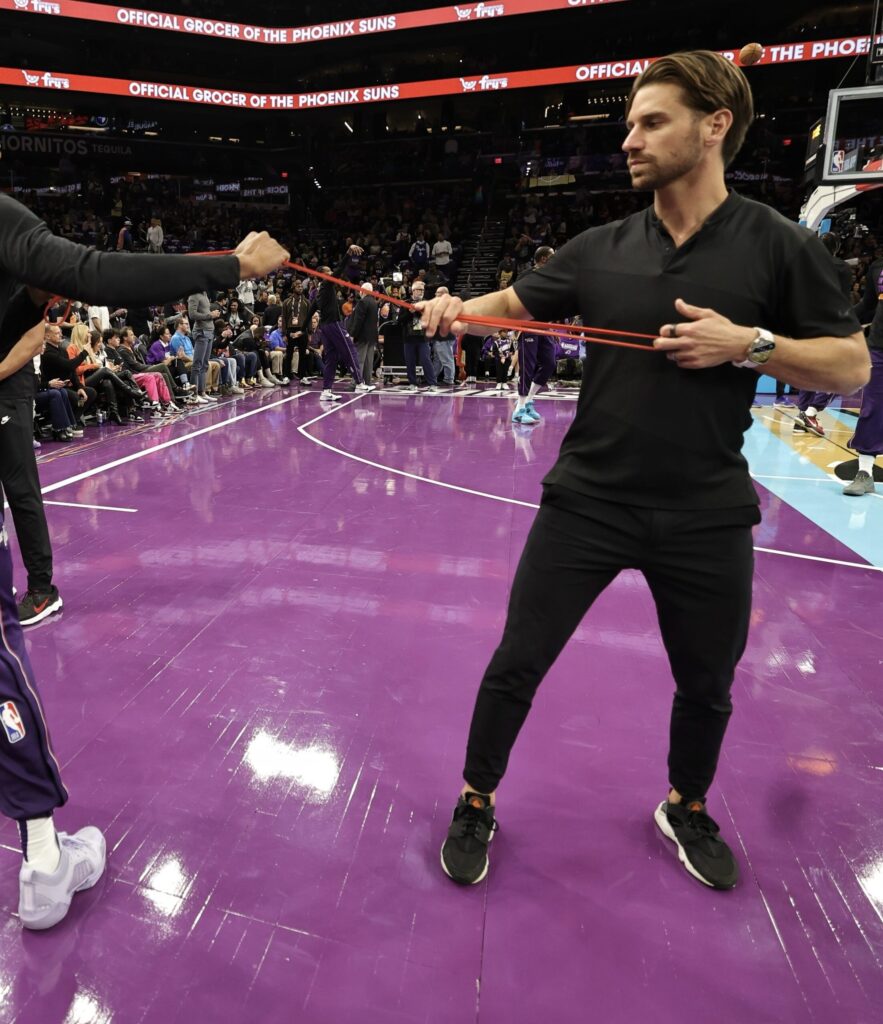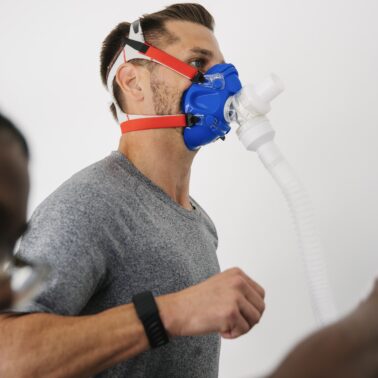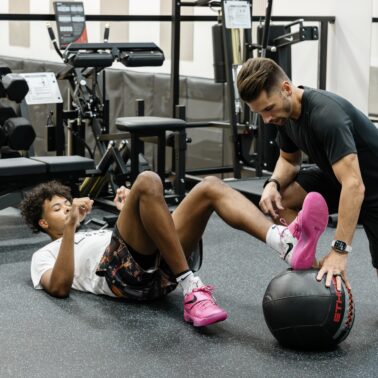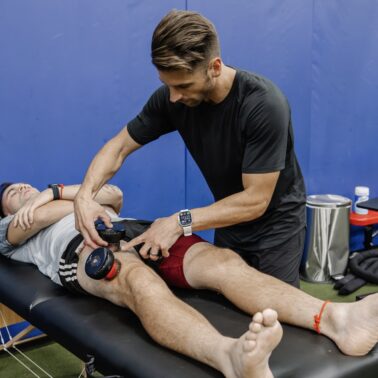“Majority of what we are doing in the weight room or in the training room is Proprioceptive Neuromuscular Feedback (PNF).”
Adam Loiacono
What You Will Learn
- The history of PNF and its evolution to the modern era.
- How PNF exists in both the weight room and training room.
- Practical methods for incorporating PNF into your programming.
The Origin Story of PNF
Proprioceptive Neuromuscular Facilitation (PNF) is a therapeutic exercise approach primarily used in physical rehabilitation to enhance both active and passive range of motion, with the ultimate goal of improving functional performance. The origin of PNF dates back to the 1940s when it was developed by Dr. Herman Kabat, a neurophysiologist, and Margaret Knott, a physical therapist. This technique was initially intended to rehabilitate individuals with neuromuscular conditions, such as polio and multiple sclerosis.
PNF involves specific stretching techniques that engage both the muscle to be stretched and its opposite, aiming to achieve maximal muscle relaxation. This is achieved through a combination of contracting, stretching, and relaxing muscles. The core principles of PNF include diagonals and spirals that mimic natural movement patterns, facilitating motor learning and coordination.
A modern view on PNF
In my years as a practitioner both as a physical therapist and and performance coach I have witnessed many practitioners utilize the classical diagonal and spiral variations of PNF. The concept of PNF I believe goes way beyond the traditional model of diagonals and spirals if we consider the very exact words of what PNF represents.
- Proprioception: perception or awareness of the position and movement of the body.
- Neuromuscular: the integration of nerves and muscles.
- Facilitation: the enhancement of the response of a neuron to a stimulus following stimulation.
I have grown to appreciate that PNF is more encompassing and is more closely related to what many of us do in the training room or weight room on a given day. If we are trying to improve someone’s squat pattern, don’t many of us select a variation that corrects the movement? Isn’t the act of switching from a barbell back squat to heels elevated goblet squat a PNF technique if we consider the very words that define PNF?
The choice to switch to an anterior load with the goblet squat was most likely due to the desire to facilitate the athlete shifting their center of mass back in response to the anterior counterweight. Therefore, I believe the majority of what we are doing in the weight room or in the training room is Proprioceptive Neuromuscular Feedback (PNF).
We choose specific manual therapy techniques on the table or tactile cueing in the training room to elicit some desirable, neuromuscular adaptation through proprioception. We choose dozens of variations to global movement patterns or select specific gym equipment to facilitate posture improvements or movement competency.
PNF in the Training Room
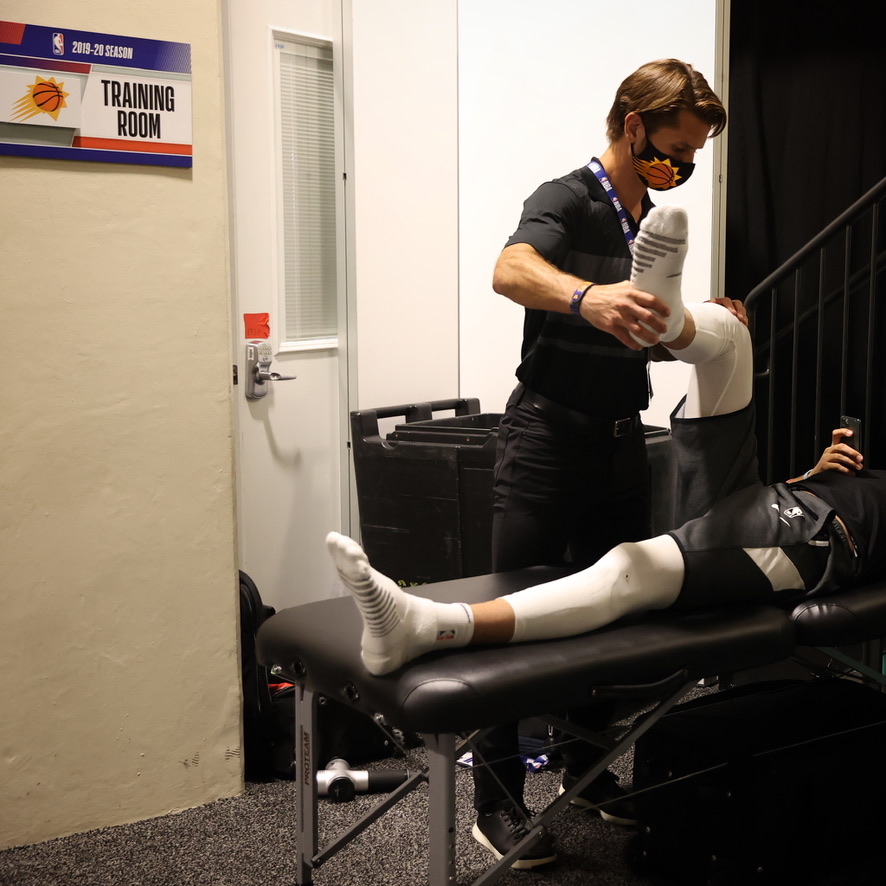
Tactile feedback during exercise on a treatment table plays a crucial role in proprioceptive enhancement, a key aspect of rehabilitation and physical therapy. This type of sensory input involves the therapist applying hands-on guidance or resistance, providing the patient with a direct sense of their body’s position and movement in space. Such feedback is critical for patients relearning motor skills or improving body awareness after injury or surgery.
It helps in correcting movement patterns, enhancing muscle activation, and increasing joint stability. By actively engaging the patient’s proprioceptive system, tactile feedback fosters a deeper mind-body connection, speeding up recovery and improving overall functional performance. This hands-on approach not only aids in physical recovery but also boosts confidence and motivation, as patients gain a better understanding and control of their movements.
Think beyond our classical D1 and D2 patterning. Every time we provide our use of hands to direct movement or use a light resistance band to facilitate specific muscles, we are utilizing the principles from PNF.
PNF in the Weight Room
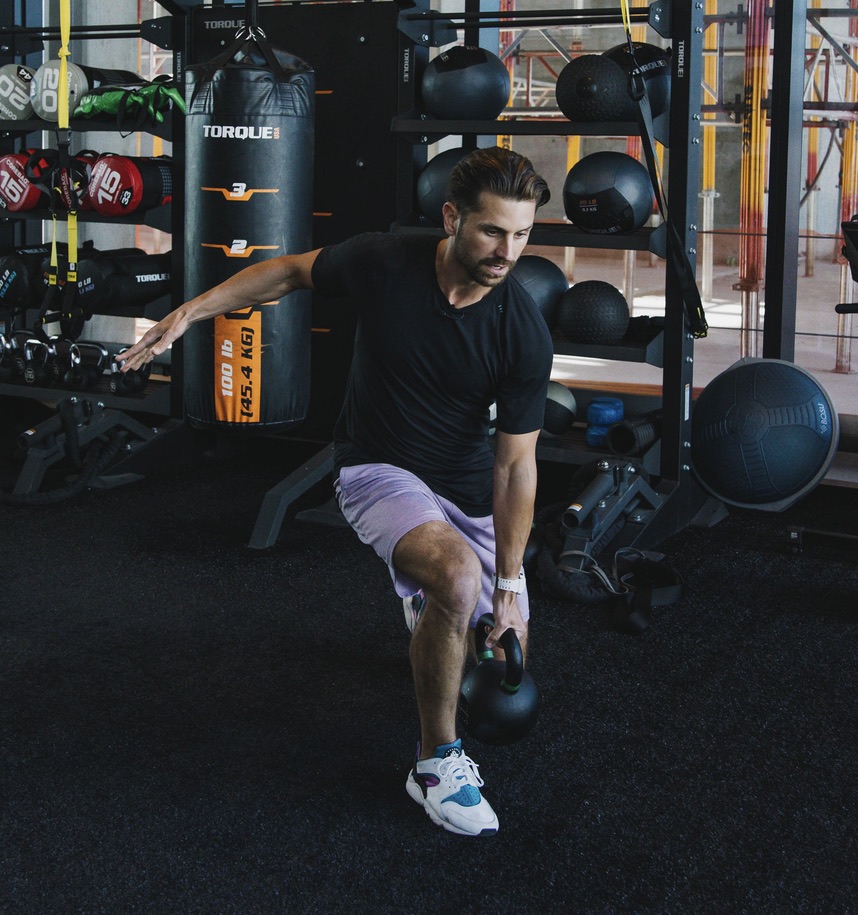
PNF in the weight room is where I have the most fun and can get incredibly creative. The weight room serves (2) primary functions:
- Physiological Adaptations: inducing changes to various tissues types, chemical mediators, and organ systems.
- Motor Learning: manipulating load, velocity, and direction of force to improve efficiency or proficiency of an athletic movement.
The 2nd point is how PNF can be integrated into the weight room. With a bit of creativity, a desired goal, and a plethora of equipment, the possibilities for utilizing PNF in the weight room are endless. Let’s break it down a step further into (2) key variables that can help enhance motor learning
Manipulating Load to Change the Center of Mass
One key attribute of many chronic orthopedic issues can largely be attributed to the location of center of mass, either at rest or during locomotion. A classical example is how physical therapists and performance coaches may choose a front-loaded variation of a squat in comparison to a back-loaded variation of a squat. The front-loaded, i.e. KB goblet squat, will encourage the athlete to reflexively shift their weight back to prevent themselves from falling forward. This ultimately will lead to a more proficient squat patterning.
The caveat to that is that if the anterior load is too heavy, then the athlete will continue to fall forward because the weight is too large from them to manage. PNF in the weight room often has a sweet spot if movement quality is the objective. Aside from the classic squat variations, here are a few other ways we can manipulate load to change the center of mass to improve proficiency of movement:
- Unilateral suitcase carry (carrying a weight in one hand): the weight pulls the center of mass outside of the base of support. The ipsilateral leg (same side as holding the weight in) will push the body in the opposite direction to re-orient the center of mass into the base of support.
- Cable high-low chops inside versus outside the base of support: pulling a weight towards the stance leg within your base of support will promote internal rotation on that side. The opposite is true if we pull the weight outside our base of support, promoting external rotation on that side.
Manipulating Velocity to enhance proficiency
Newton’s first law states for every action there is an equal and opposite reaction. The force-velocity curve shows an inverse relationship to load and velocity in terms of athletic movement. If we combine these (2) principles, then we can manipulate the velocity of movement to enhance proficiency of movement.
In the context of motor learning, the slower the movement the more deliberate and self-aware the athlete is of their body. Therefore, during early learning or re-patterning of movement, we want the velocity of the movement to be slow. If we increase the load to an appropriate level were it slows the movement down without altering mechanics, then that is an ideal way to incorporate PNF. The whole premise of PNF is to facilitate neuromuscular patterning through proprioception. Variables such as velocity and load are ways to provide proprioceptive feedback that facilitate neuromuscular patterning.
Conclusion
In conclusion, Proprioceptive Neuromuscular Facilitation (PNF), originally developed for rehabilitation, has evolved into a broader concept, integrating seamlessly into various aspects of physical therapy and athletic training. Its principles extend beyond traditional diagonal and spiral patterns to include the nuanced manipulation of proprioception, neuromuscular activity, and facilitation in diverse settings. The implementation of PNF in training rooms and weight rooms, through tactile feedback and creative exercise variations, exemplifies its adaptability.
By manipulating load, velocity, and direction, PNF not only aids in motor learning and physiological adaptation but also enhances movement proficiency and joint stability. This holistic approach underscores the significance of PNF in fostering a deeper mind-body connection, promoting efficient recovery, and optimizing functional performance. Its versatility and effectiveness in addressing a range of neuromuscular and orthopedic conditions reaffirm PNF as a cornerstone technique in contemporary physical therapy and athletic training.
